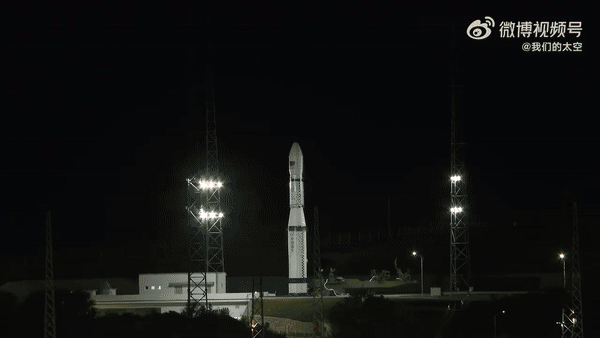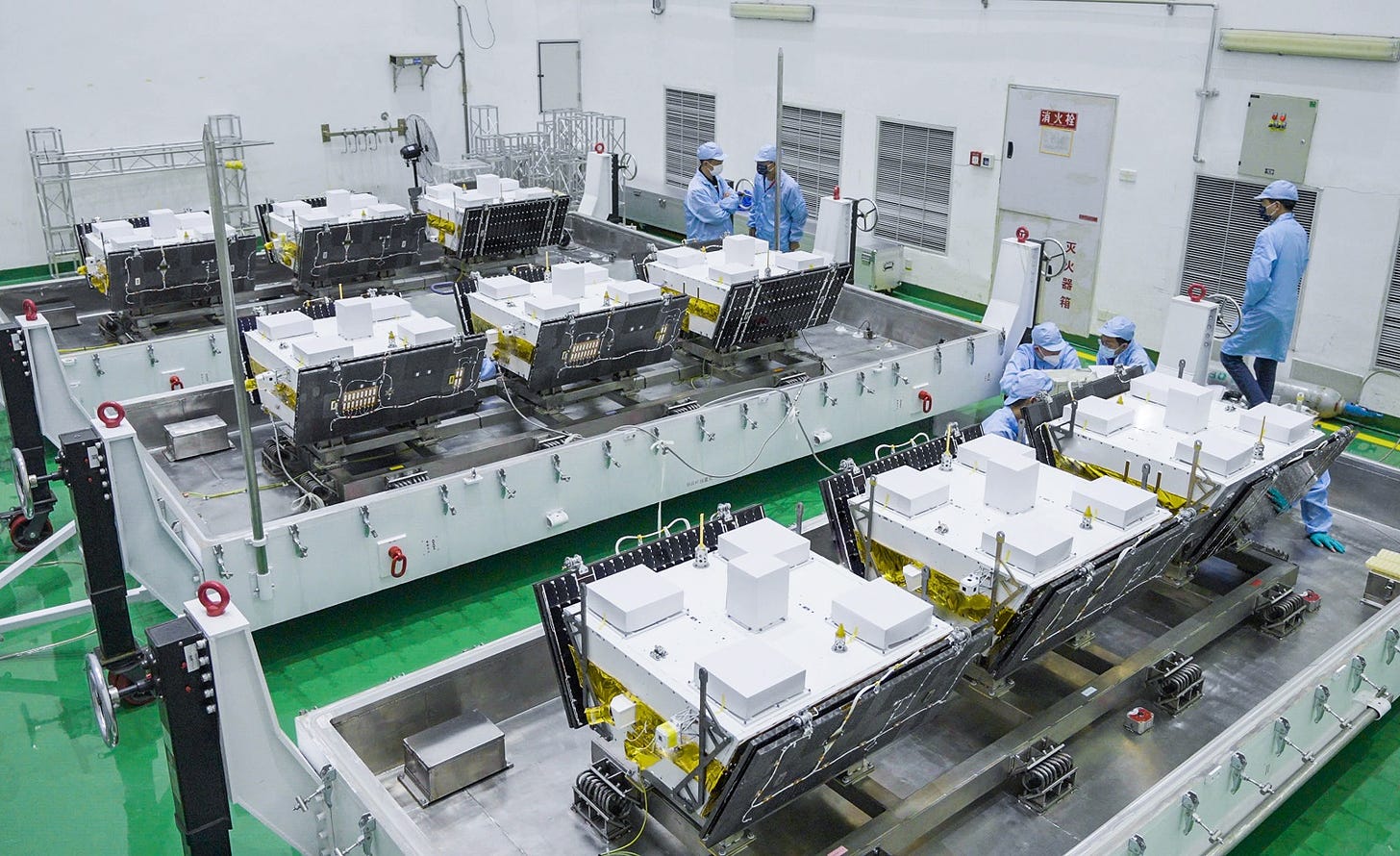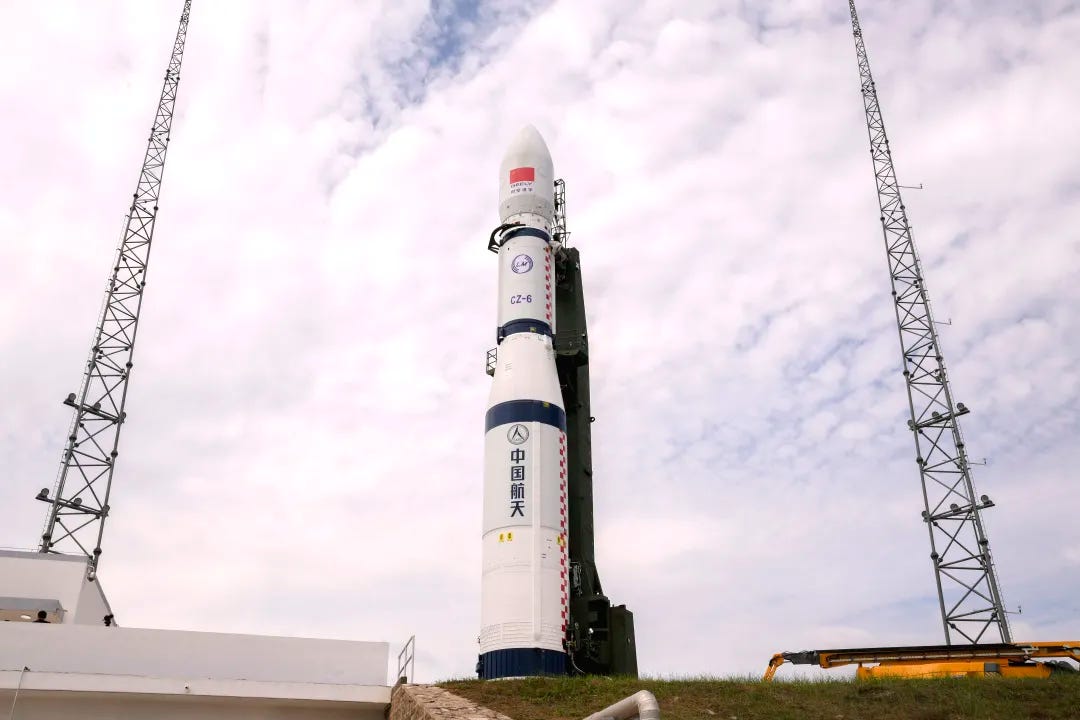More satellites for cars! [Long March 6 Y11]
A Long March 6 has carried ten more satellites into orbit from the Taiyuan Satellite Launch Center.
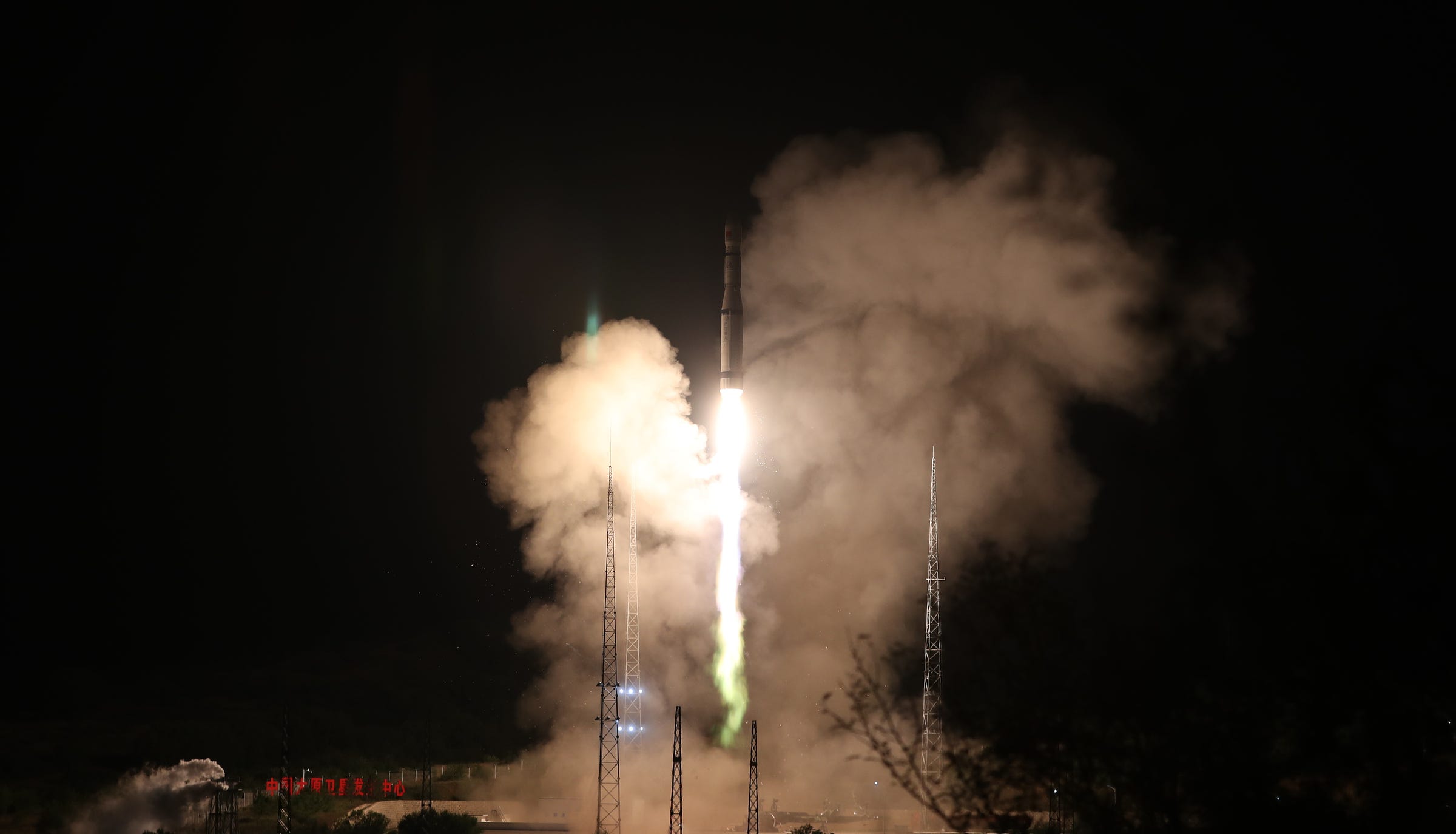
Another Long March launch vehicle took to the skies this week, this time a Long March 6 from Launch Complex 16 at the Taiyuan Satellite Launch Center. Liftoff of the vehicle occurred at 02:30 am (September 6th) China Standard Time, or 18:30 pm (September 5th) Universal Coordinated Time.
The payloads for this launch were ten satellites for Geespace’s Geely Future Mobility Constellation, with this being Group-03. All ten satellites were released in low Earth orbit, bringing the total constellation up to 30.
Geespace’s satellite constellation is expected to provide positioning and connectivity support for its parent company’s autonomous vehicles. The satellites reportedly have a positioning accuracy of centimeters.
The Geely Future Mobility Constellation is expected to have 72 satellites in orbit by 2025, with an eventual increase to 240 satellites. With 30 satellites now in orbit, 24-hour coverage is now believed to be available for 90% of the world.
The constellation is currently believed to be made up of the company’s GeeSAT-1 spacecraft, which are expected to operate in orbit for five years before deorbiting under their own power. Geespace claims that the spacecraft are modular, high-resilience, high-performance, and mass-produced.
Geespace is owned by Chinese automaker Geely Technology Group with the constellation beginning launches in June 2022. A second launch for the constellation occurred in February 2024.
This launch was the 12th time a Long March 6 has launched since it first flew nine years ago. Despite launching China’s Green Rocket Propulsion Revolution, the Long March 6 has not had the same level of success as other new Long March vehicles. The best year for it was 2021, when it flew four times. Part of this may be linked to the Long March 6 needing a unique variant of the YF-100, the YF-100GBI.
This was the Shanghai Academy of Spaceflight Technology’s 217th rocket launch, and was the 534th launch of the Long March launch vehicle series. Along with these, this was also the 40th launch from China in 2024.
China is rumored to no longer be targeting 100 launches this year, but if they are a launch would need to occur every 1.95 days.
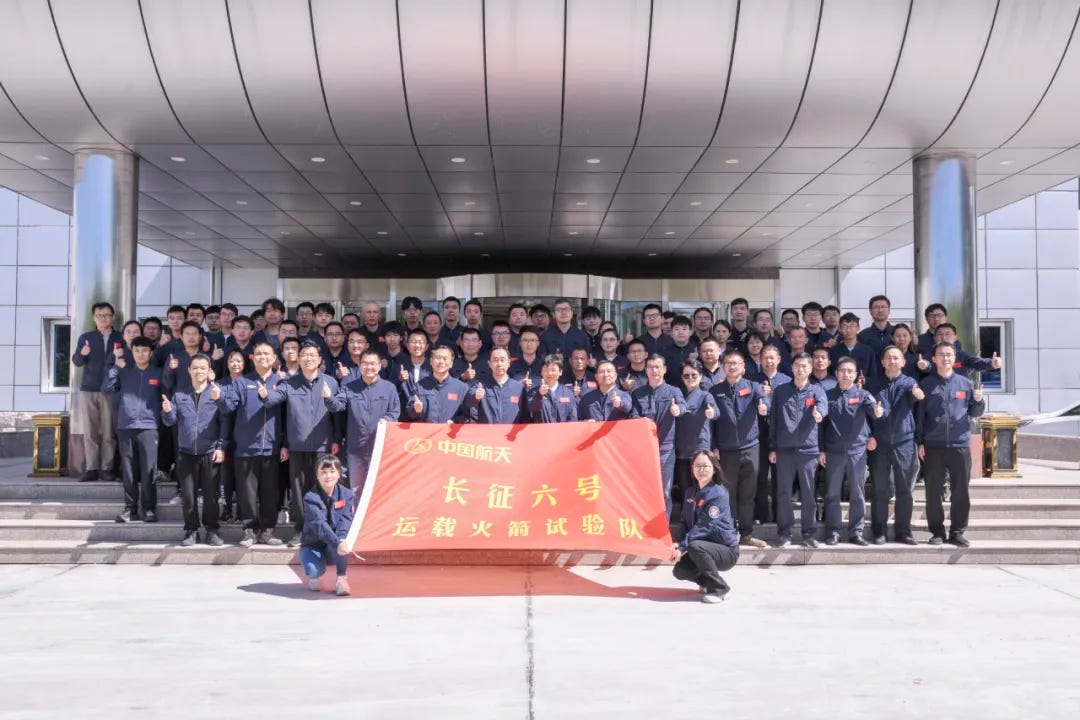
What is the Long March 6?
This section is for those less familiar with China's Long March series of launch vehicles.
The Long March 6 is a three-stage launch vehicle that burns rocket-grade kerosene and liquid oxygen in its first two stages, as well as Dinitrogen Tetroxide and Unsymmetrical Dimethylhydrazine in the third-stage. It is manufactured by the Shanghai Academy of Spaceflight Technology.
The Long March 6 is believed to be capable of launching 1,080 kilograms into a 700-kilometer sun-synchronous orbit.
The first-stage is powered by a YF-100 engine producing 122 tons of thrust and fuelled by rocket-grade kerosene and liquid oxygen. The second-stage is powered by a YF-115 generating 18 tons of thrust burning rocket-grade kerosene and liquid oxygen. The third-stage is powered by a YF-50E engine generating 0.66 tons of thrust burning Dinitrogen Tetroxide and Unsymmetrical Dimethylhydrazine.
On the launchpad, the Long March 6 is believed to be 29 meters tall, with a first-stage diameter of 3.35 meters along with the second and third-stage diameter of 2.25 meters. Fully fuelled the launch vehicle weighs a believed 103,000 kilograms.




